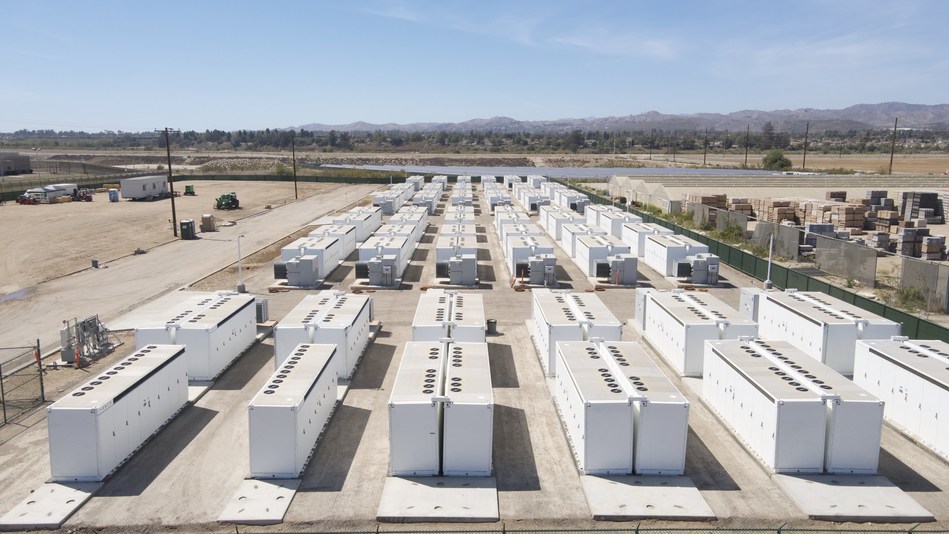
A recent report from battery intelligence firm Accure reveals that while most battery energy storage systems (BESS) operate reliably, nearly 19% of projects experience reduced returns due to technical issues and unplanned downtime.
BESS are fast becoming central to the global energy transition, but the sector still faces significant operational and financial risks that are reshaping how assets are deployed and managed at scale. As a result, real-world performance insights are becoming critical for investors, developers, and operators alike.
The 2025 ACCURE Energy Storage System Health & Performance Report, released last month, offers what is described as the first large-scale analysis of operational BESS data. While the majority of systems are performing reliably, the report finds the industry still has significant room for improvement.
Drawing on data from more than 100 grid-scale systems – each with over 10 MWh of capacity – the report analyzes a total of 18 GWh of operating battery storage assets globally. Time-series evaluations were conducted over the period from June 1 to September 1, 2025.
Key findings
The report found that 19% of BESS hardware components triggered operational issues that directly impacted revenue. These included automatic shutdowns (tripped events) to prevent damage, recurring safety alerts, and and rack- or module-level imbalances, which reduce usable capacity and potentially accelerate battery degradation.
Best-in-class systems achieved round-trip efficiencies (RTE) above 88%, representing over a third of the systems studied. By contrast, RTEs below 85% indicate optimization opportunities, while anything under 83% at the beginning of life raises immediate red flags. According to Accure, even small efficiency losses of 1–2% can translate into millions of dollars in lost lifetime revenue.
Most BESS projects oversized their systems by 15–25% to buffer against degradation and ensure performance. Smaller sites (<50 MWh) often exceeded that, sometimes reaching 30–35%, while larger facilities generally averaged around 20%. The report notes that oversizing below 10% offers insufficient protection, whereas anything above 30% risks stranding capital in underutilized assets.
Only 83% of projects met or exceeded their nameplate capacity during Site Acceptance Testing (SAT), highlighting the critical need for best practices and independent oversight early in the design, procurement, and commissioning phases to ensure vendors are held accountable to agreed specifications.
Commissioning delays are a common challenge in battery energy storage projects, with typical setbacks ranging from one to two months—and in some cases, stretching to eight months or more. These delays not only defer revenue generation and increase project costs, but can also impact battery health due to prolonged idling or incomplete system checks. In turn, they risk undermining investor confidence and straining relationships with offtakers relying on timely project delivery.
Delays in BESS projects are rarely due to technical issues alone. Common drivers include permitting bottlenecks and supply chain disruptions that delay the delivery of critical components like switchgear or transformers, stalling commissioning. Workforce shortages or contractor constraints also contribute, with inexperienced staff occasionally making errors that set projects back. Additionally, lengthy negotiations around warranties, performance guarantees, or testing protocols can further delay commercial operation date sign-off.
The report also finds that battery state of charge (SoC) estimation errors of ±15% are common in lithium iron phosphate (LFP) systems, with outliners above ±40%, but projects that use advanced analytics can reduce these errors to ±2%, unlocking greater trading flexibility and improved returns, according to Accure.
Finally, the report found that 20% of battery energy storage systems collect only low-quality data, undermining long-term reliability and asset value. It emphasized that both the frequency of data logging and the method of transmission significantly impact accuracy – lower-resolution data can distort key performance metrics, obscure early signs of faults, and delay critical maintenance interventions.
“Investors and operators deserve better than guesswork. Independent analytics turn hidden faults into actionable insights – protecting revenues and building long-term confidence in storage,” said Accure CEO Kai-Philipp Kairies. “This report arms asset owners, operators, and investors with the insights they need to adopt best practices and technology, identify risks early, optimize operations, and hold vendors accountable.”
ess-news.com

